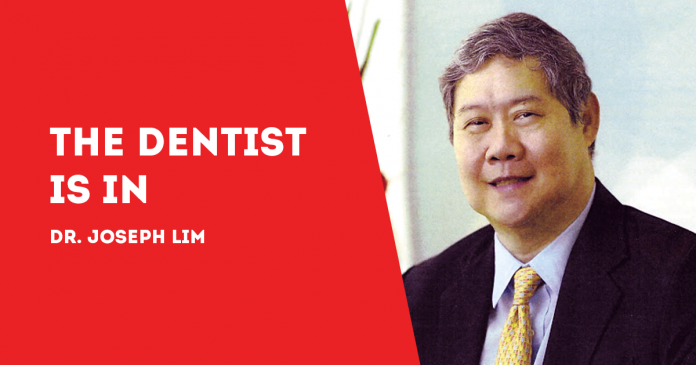
IT WAS a transformative half year for dentistry.
Nobody would have known that after the lockdowns closed dental clinics, they would open to an entirely new world.
This is a world where both patients and dental clinics must follow strict protocols, where patients are asked if they have symptoms of COVID-19 infection, Personal Protective Equipment are part of the dental team’s routine, that social distancing would limit the number of patients, and magazines and newspapers would disappear from clinics to avoid potentially passing the virus.
So much so that many patients are confused about the World Health Organization’s (WHO) initial suggestion that non-emergency or “routine” dental attention be delayed.
The WHO later clarified that oral care should be delayed only in areas with intense uncontrolled transmission.
“Industry-wide unity in calling out the WHO’s misleading advisory sends a clear message to patients about the importance and safety of visiting the dentist,” says Emmet Scott, President of the Association of Dental Support Organizations.
If at all, access to dental care across the United States is important more than ever, he believes.
In 2017, only 64 percent of adults in the United States visited the dentist, according to the National Center for Health Statistics.
This means that 75 million adults did not see a dentist.
Thirty American states have a dentist-to-population ratio below the national average of 60.9 dentists per 100,000, according to the American Dental Association.
One remedy has appeared more frequently post-COVID. This is the increasing use of distance dentistry or teledentistry.
While this is a challenge in developing countries like the Philippines, teledentistry offers the opportunity for patients to seek oral health care by mobile phone text, audio and visual messaging.
“Clinicians have started using it more to screen patients, and in some states, treat simple conditions,” Mr. Scott observes. “While seeing your patients in person is very important, when necessary, teledentistry can increase patient access and lower health-care costs while easing patient flow for dental staff.”
He cites a recent survey showing that 78 percent of patients are likely to use teledentistry.
The survey was conducted by DentaVox, a market research platform, in May this year.
The Association of Dental Support Organizations believes that dentistry is an essential part of the health-care system.
Indeed in America, Mr. Scott points out, dental professionals stepped up to support basic clinical procedures as hospitals and testing sites became overwhelmed.
More than 100 systemic diseases have an oral manifestation, says Mr. Scott. “Recent studies have shown that oral health is important in surviving COVID-19,” he says, citing a study published in the British Dental Journal.
“As an industry, dental practices see the public more than any other health-care provider, especially if patients are consistent with the recommended cleanings every six months,” Mr. Scott points out.
“It serves the community tremendously if dentists and their teams can diagnose health issues early, which leads to increased overall health and wellness for patients.”
***
Dr. Joseph D. Lim is the former Associate Dean of the UE College of Dentistry, former Dean of the College of Dentistry, National University, past president and honorary fellow of the Asian Oral Implant Academy, and honorary fellow of the Japan College of Oral Implantologists. Honorary Life Member of Thai Association of Dental Implantology. For questions on dental health, e-mail jdlim2008@gmail.com or text 0917-8591515./PN

